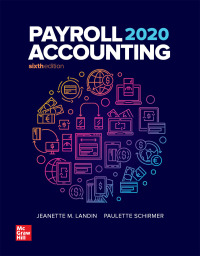Answered step by step
Verified Expert Solution
Question
1 Approved Answer
Chapter 6 Test Problems 1. Pitt Limited is trying to determine the value of its ending inventory as of February 28, 2017, the company's year-end.

Step by Step Solution
There are 3 Steps involved in it
Step: 1

Get Instant Access to Expert-Tailored Solutions
See step-by-step solutions with expert insights and AI powered tools for academic success
Step: 2

Step: 3

Ace Your Homework with AI
Get the answers you need in no time with our AI-driven, step-by-step assistance
Get Started


